The Shame of Curiosity
There’s this weird ass thought process that happens when you think about playing a bad game. Your finger hovers over the download button and suddenly you’re questioning your entire life. “Do I really want to do this to myself?” “Is this a cry for help?” “What if someone sees me online playing Bubsy 3D and just… never talks to me again?”
It’s obviously stupid but y’all, shit’s real.
We all reluctantly do that thing where we feel like every choice we make, what we play, watch, or listen to; has to somehow prove we have taste. It’s like we’re applying for a job called “Being A Person With Good Opinions.” And “bad games” are the fastest way to tank your resume.
Part of it’s social. Nobody wants to be the one who sincerely says, “Actually, Big Rigs is kind of interesting,” and then have to live through the twenty-minute TED Talk about why you’re wrong by somebody else. But the other part is this tiny fear that maybe we’ve been trained to only enjoy things that are perfect, or the closest to “perfect”. It’s like we’ve built our whole identity around being efficient consumers who can spot “quality” like it’s some survival skill.
And yeah, sometimes you just don’t want to spend time stuck clipping through a wall or watching a cutscene with voice acting that sounds like it was recorded in a public bathroom. That’s fair; but the fact that we treat badness like contamination and might rub off on us, is the weird thing. That’s where our shame comes from. It’s not about the game being bad, but it’s all social posturing, like the idea that liking it might make you bad.
Because once you start paying attention to that little shame, that cringe that bubbles up when you want to play something that just okay or broken, you start realizing it’s not about fun or time or even money. It’s about fear. Fear of being seen as the wrong kind of player, the one who doesn’t “get it.” And honestly, that fear sucks.
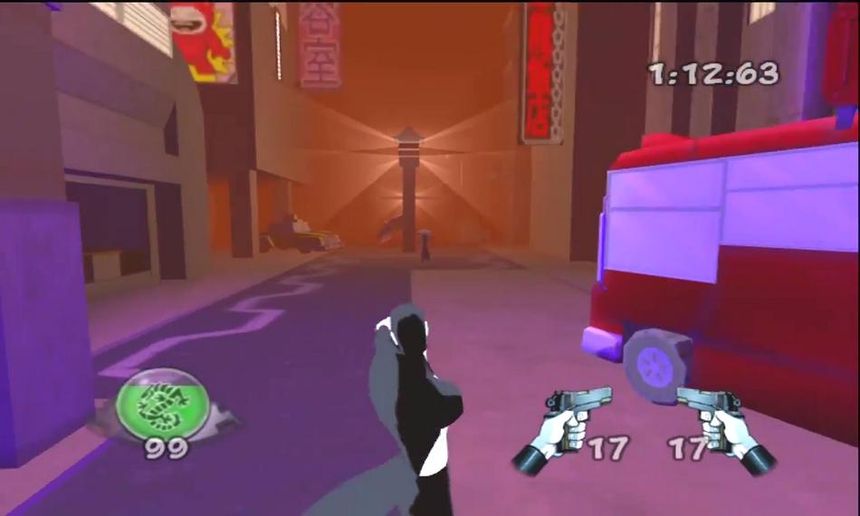
The Cult of the Good Game
Somewhere along the way, gaming culture has decided that being good meant being polished to a mirror sheen. Every part of a “good” game has to load fast, look sharp, autosave, and never make you wonder what the hell is happening. It’s all supposed to feel like butter, and yeah, butter’s nice, but sometimes you want a little crunch.
You can see it in the way people who have no idea about game creation talk about “tight controls,” “clean UI,” “balanced gameplay,” “no bugs.” It’s the vocabulary of an HR meeting. And we’ve all kind of agreed that the ideal game should never remind you that it was made by human beings who were tired, confused, or making it up as they went.
That’s the real reason bad games make people uncomfortable, they show the seams; and remind you that there’s code under there, and someone actually wrote it. When you fall through the floor in a janky platformer, you’re seeing the skeleton of the whole system. It’s like catching your favorite actor fumbling their line but keeping the take anyway. Imperfect... sure, but there’s humanity in that, no?
But the gaming culture, well specifically the dudebros that infest the toxic swamps of twitter, and are far too loud for their own good, are allergic to friction. It wants everything invisible, efficient, and “optimized”, the same disease that hit every other part of life. We want our food delivered in ten minutes, our social feeds curated by AI, and our games to give us fun with zero effort.
Making things too clean and cut kills thought, and when things get too seamless, we stop actually feeling them; and that’s what’s kinda happened with a lot of modern games. They’re masterpieces of design that don’t leave fingerprints. You can play something for forty hours and never once have to think, why did they do it like that?
Bad games, though, force you to notice. You wrestle with them, curse at them. You’ll get weirdly attached to their brokenness because it’s specific. And no algorithm could replicate how Deadly Premonition’s cutscenes look like they were edited on Windows Movie Maker by a man who hasn’t slept in three days.
The cult of the good game says those moments are mistakes. I think they’re fingerprints. They’re proof that someone tried, and in an industry obsessed with perfection, trying might actually be the most beautiful thing to me.
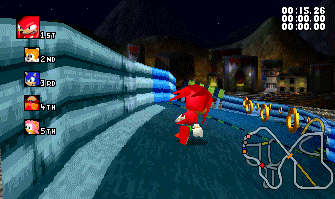
The Anatomy of Fear
If you’ve ever stared at a terrible looking game and thought, I could never, you’ve felt the little panic that lives in all of us. It’s not that you actually think the game will hurt you, but that deep down, you’re afraid it’ll say something about you.
Like, what if you spend real time on something that sucks? What if you end up liking it? What if it changes how you see “good games” and now you’re the freak who unironically defends Ride to Hell: Retribution? That’s the nightmare. Not the bugs, nor the jank, but the social death of having bad taste.
Because taste is kind of like having social armour, It’s how we signal that we get it, and we’re part of the smart crowd who only play the right things, with the right opinions, at the right time. It’s the reason people say stuff like, “I only play narrative-driven games,” as if that’s a moral stance.
Fear of bad games is really fear of being seen wrong.
It’s the fear of looking unserious, lowbrow, or god forbid, cringe! It’s the same reason people hide their music guilty pleasures or feel the need to say, “Yeah, I play Genshin, but, like, ironically.” You don’t want to be that person. You want your taste to look curated, not chaotic.
And sure, on paper it sounds stupid, it’s just games, right? But think about it, most of our free time is curated through algorithms that promise to know what we like. When everything is filtered for you, choosing wrong starts to feel like a personal failure; and playing a bad game becomes a betrayal of the curation you’ve built your whole personality around.
There’s also that constant fear of wasting time, I know I get it at times. The idea that playing a game that sucks is time you’ll never get back, that you could’ve been doing something “worthwhile,” or finishing that game everyone keeps posting screenshots of. You can almost hear your brain whispering to you that, “You could’ve been productive.” As if gaming was ever about productivity in the first place.
The other kind of fear is that you might actually enjoy it, or that you’ll find something oddly charming in the broken areas or bad dialogue, basically the fear that you’ll connect with it. Because once that happens, your internal compass starts wobbling. You start realizing taste isn’t stable, it changes; and that’s a special kind of terrifying, because it means you might change with it.
But fear is info. If a game scares you(and I don’t mean scare scare), it’s because it threatens your sense of self, that version of you that knows exactly what to like and what to hate.
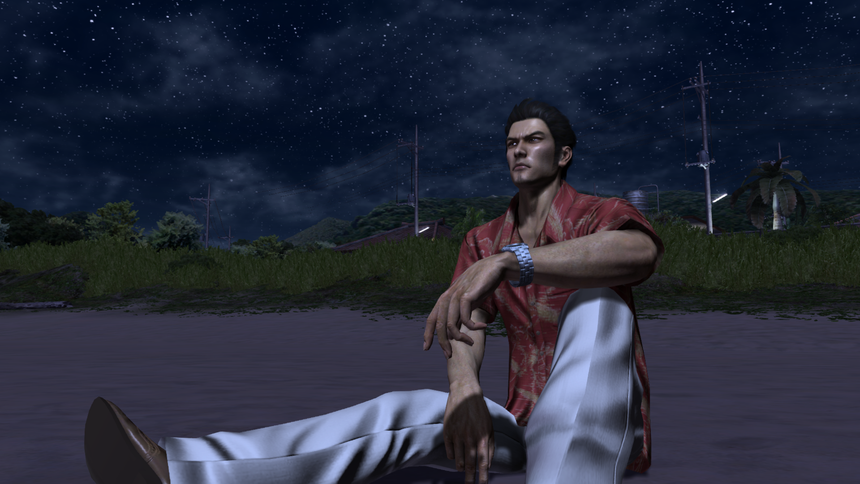
The Beauty of Crap
I’d be remiss if I didn’t get to talk about kusoge, literally meaning, “shit game.” Beautiful, isn’t it?
The word in gaming at least goes back to the ‘80s, when Famicom magazines started roasting games like Takeshi no Chōsenjō, a game so silly that one of its puzzles involved putting down the controller for an hour and doing nothing, which in my opinion is fucking hilarious.
But over time, people stopped saying it with disgust. You could "hate” a kusoge and still love it, like a little gremlin you refuse to get rid of. There were entire fan communities built around finding new kusoge just to marvel at how off the rails they were.
You can feel the ambition bleeding through the mess. It’s not corporate mediocrity; it’s passionate devs almost getting what they saw in their vision. That’s the secret ingredient, and you just can’t fake that.
Think of something like Spelunker, a game where your character dies if they trip over a pixel. Or Hoshi wo Miru Hito, an RPG where which half its features don’t work but still has people writing about how visionary it was. Or Deadly Premonition, a cult classic that feels like Twin Peaks directed by someone who’s never met a human being.
People laugh at those games, but they also quote them, meme them, and play them decades later. Nobody’s doing that for a AAA company’s umpteenth “actually good” open world game. The difference is soul.
The thing is, kusoge culture doesn’t see badness as shameful. It treats it like a kind of authenticity. Every jank camera, and mistranslated line becomes proof that someone tried something.
You’re not laughing at the game; you’re laughing with it, in this strange, slightly abusive relationship where you both know it’s broken, but you’re in too deep to quit now.
It’s fucking cool, honestly. Kusoge players figured out that if you stop expecting everything to be polished, the world suddenly gets a whole lot bigger. You start noticing the charm in rough edges, the personality in bad animation, and the weird sincerity of someone who aimed too high and missed.
And once you see that, it’s hard to unsee. You start realizing that perfection is actually kind of boring; and that bad games, in their messy, human way, might be the last honest form of fun left.
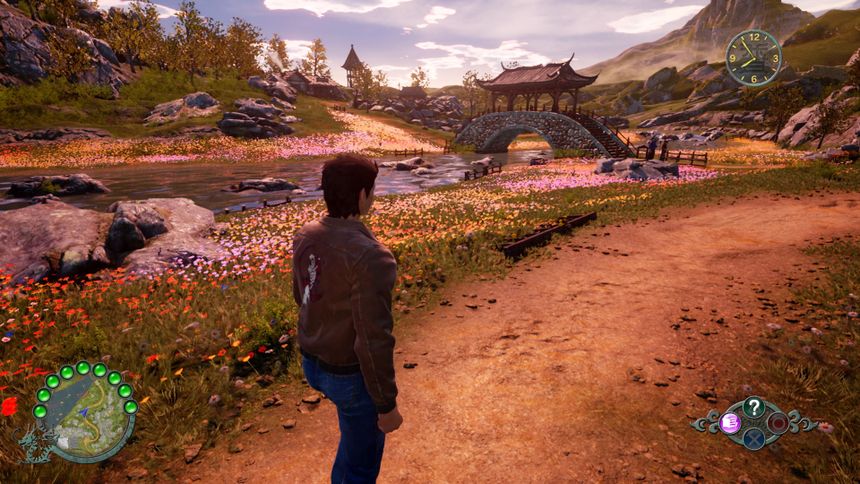
What Bad Games Teach
Playing bad games is kinda like doing emotional push-ups. Where they test your patience, your curiosity, and your ability to find meaning where there shouldn’t be any. You just can’t coast through them the way you can with a “good” game, they make you work for that shit, and that work changes how you see things.
Like, take Jesper Juul’s whole idea from the art of failure. He says games only feel good because they give you room to fail. Bad games crank that up to eleven, and they don’t just let you fail, they practically beg you to. Half the time you’re either fighting the controls, the camera, or the laws of physics, but when you finally figure out a way to win, it’s so stupidly satisfying you can’t even be mad anymore.
And then there’s this other thing, where when something breaks, you stop treating it like magic and start seeing how it’s made.
Bad games will inadvertently turn you into a better critic, cause they force you to ask questions like “why did this feel wrong?” or “how could this have worked?” that’s design thinking. it’s empathy. it’s learning to see the difference between a mistake and a risk.
They teach you compassion too; because once you’ve suffered through something truly broken, like a save file corrupting two hours in or an NPC walking into a wall, you stop taking good design for granted and start realizing how much effort it takes just to make a game work at all.
Good games are kinda like great restaurants, you’ll sit down, they feed you, and you leave happy. Bad games are more like cooking at home with whatever’s in the fridge, where sometimes it sucks, and sometimes you find something amazing.
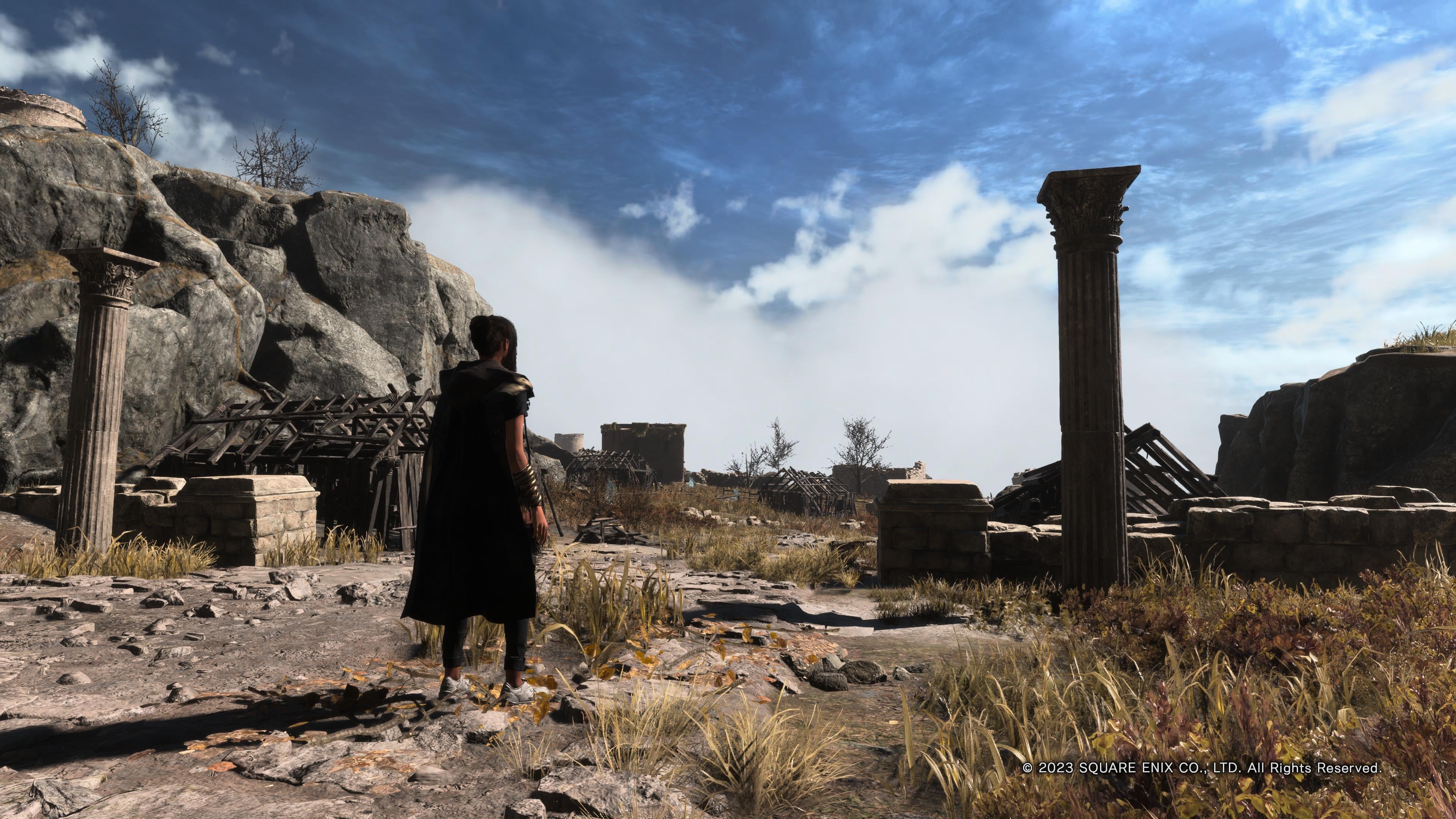
Learning to Love Imperfection
Taste doesn’t really feel like something you build, right? You like what you like, you hate what you hate, and you tell yourself that’s just how it is... but it isn’t. Your taste is trained, shaped, and reinforced every time you open a store page or see a review or read a post online that says, “this game looks rough.” You start internalizing what counts as “good” and what’s safe to admit you like, and without realizing it you start trimming yourself down to fit that.
Playing bad games (or bad media in general,) breaks that habit. They remind you that taste is about sensitivity, and you start noticing things that aren’t even part of the design but somehow become part of the experience. You start catching moments that polished games hide, like when a voice actor clearly had no direction but still went for it, or when the lighting looks off but ends up creating its own weird vibe. Taste isn’t about having high standards, it’s about being open enough to see value anywhere.
It’s not about irony either. Liking bad stuff isn’t the same as watching a bad movie just to laugh at it. When you spend time with something flawed, you’re not just laughing, you’re engaging with it. You’re figuring out why it failed, where it almost worked, and what it was trying to say before it tripped over itself; and sometimes that feels better than watching something flawless glide by without friction. There’s intimacy in failure.
Once you start doing that, that shit bleeds into everything else. You get less embarrassed about liking weird stuff, less desperate to defend your opinions, less scared of being cringe. You start trusting yourself more because you’re not chasing validation anymore, you’re just following what moves you, and that’s how taste actually evolves. Not from avoiding what’s bad, but from experiencing it and still finding something worth holding onto.
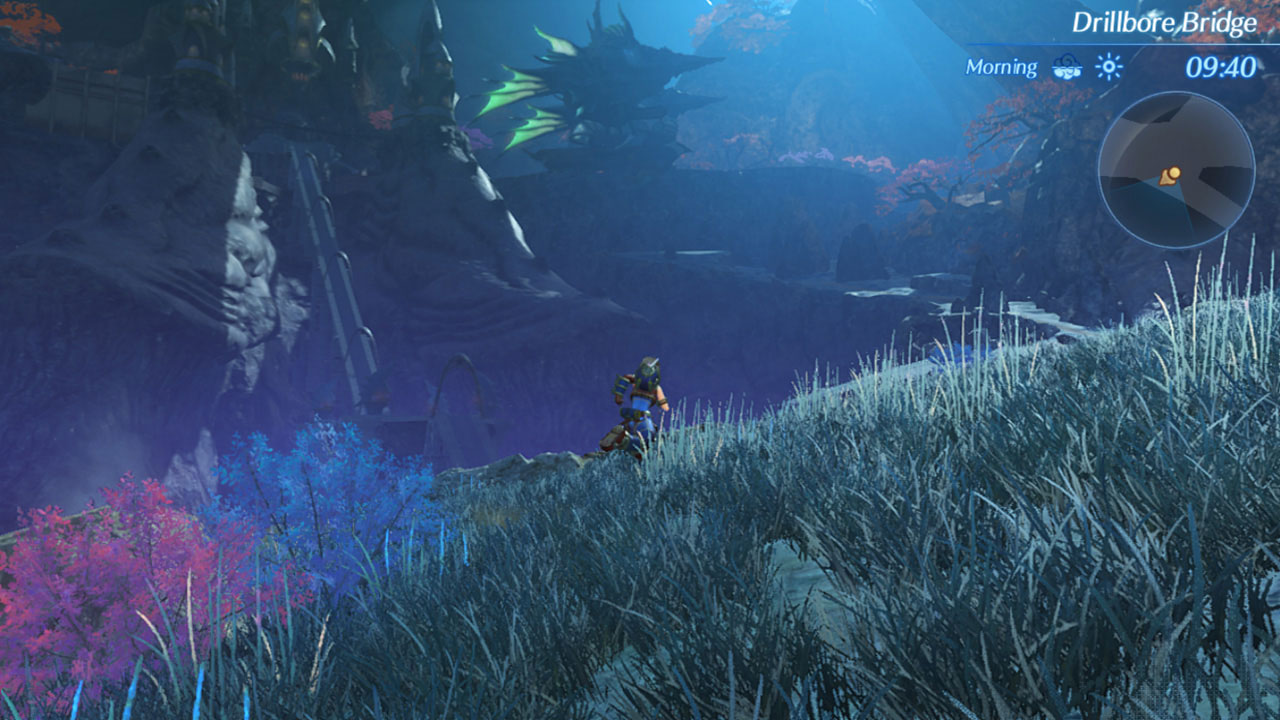
From Fear to Freedom
At some point you realize the fear was never about the games, it was about the image you built around yourself that always wants to be on the right side of taste. The moment you stop guarding that image, the whole facade crashes. You start to notice that the bad stuff you avoided aren’t just waiting there to humiliate you, they’re just asking to be seen on their own terms.
When you stop looking for polish, you start paying attention. You notice how a game feels to play instead of how it performs, get curious about what the developers were reaching for even when they missed, and even sometimes catch a glimpse of an idea that’s half formed, but it hits harder because it’s honest. Bad games do that a lot, they’ll show you what effort looks like when it’s stripped of all the filters that make things safe.
The fear fades once you accept that liking something broken doesn’t make you less smart or less discerning, it just means you’ve stopped letting algorithms and comment sections dictate your opinions. The more you play the things everyone says to avoid, the more confident you get in your own instincts. You start recognizing patterns, shortcuts, and reading the intent behind the flaws. You stop thinking about whether a game is good or bad and start thinking about what it’s doing, teaching, and what it’s trying to be.
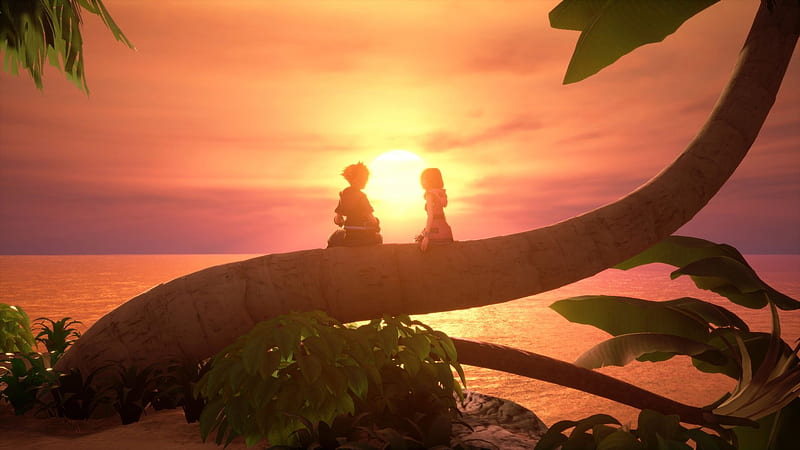
A Little Love for the Broken
When you finally stop trying to justify the stuff that like, things become a whole lot easier again. You scroll through your library and pick something because it looks weird, or stupid, or just different, and you don’t overthink it. Sometimes it’s awful, and sometimes it surprises you. Either way, it reminds you that the point was never to build a collection of perfect experiences, but to keep finding new ones.
The best part of a bad game is the moment you realize you’re enjoying yourself even though nothing works like it should. You’re not grading the game anymore, you’re spending time with it; and time spent with something that tries, even clumsily, is never wasted.
People like to say bad games have “soul,” and maybe that’s just an easy word for visible effort. You can feel the human hands in them, they don’t disappear behind production value or clever marketing. When you meet a game there, you start treating it less like a product and more like a conversation.
That’s what’s so cool about enjoying the stuff that I like. You stop expecting things to prove their worth and start actually enjoying them despite the flaws. You learn to keep your curiosity open, even when things make no sense. The longer you sit with the imperfect, the easier it becomes to see what’s underneath them. And somewhere in that patience, the fear finally leaves you.